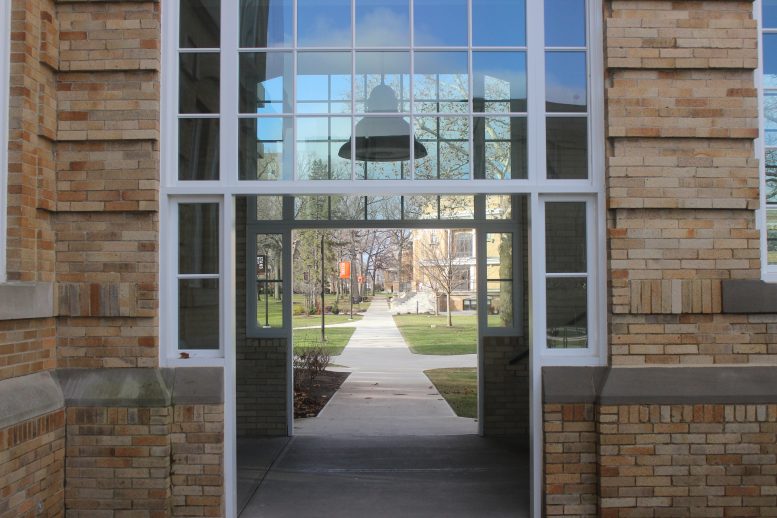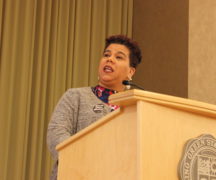By DAVID DUPONT
BG Independent News
For too many students starting college behind academically means being left behind.
At May’s Bowling Green State University Board of Trustee meeting, Provost Joe Whitehead reported on efforts to more effectively help students who enroll with academic deficits.
These students, based on their high school records and ACT scores, need more work before they can do college-level courses in math and writing. Otherwise, they are ready for college.
The trustees approved the state mandated remediation report.
The problem has been that remedial courses did not carry academic credit, Whitehead told the trustees. Taking a remedial course “will delay their graduation by at least one semester because they don’t go directly to the credit-bearing course required for their major.”
And, this delay ends up costing the student money. In fiscal year 2018 it cost students $1.9 million. The university’s costs to provide those courses was more than $780,000. The state incurs $157,000 in expenses.
“This is why it is a priority to reduce remedial courses,” Whitehead said. “We are making progress.”
This academic year, 1,245 students took remedial courses a drop from 1,326 the previous year, a 6.1-percent decline.
Whitehead said, though, that remedial courses are not effective in getting students on track. Going back to the 1990s, he said, studies have shown these courses just delay students’ graduation.
That increases the chances they won’t graduate at all.
This fall, BGSU will implement a new program where students will get remedial work as part of a credit-bearing course. This co-requisite approach, which was piloted this academic year, should help keep them on track, the provost said.
“All students who have placed into remedial will now go to co-requisite model.”
This approach has been implemented successfully in Tennessee, and now is being tried nationwide. Trustee Marilyn Eislele said this promises to make the courses “more relevant” for the students.
Trustee Richard Ross asked Whitehead how success will be measured at BGSU.
In the short term, Whitehead said, the test will be if students pass the co-requisite courses. In the long-term, administrators will look at students’ success at completing subsequent courses.
Ross asked how many students come from school districts with a high concentration of poverty.
Whitehead did not have those numbers on hand, but did say: “There’s a direct co-relation between students who attend under-resourced schools and their preparation and their performance on the ACT.”
Those schools cannot offer the breadth of courses that enable students to excel, he said.
However, Vice President for Enrollment Management Cecilia Castellano cautioned against making too direct a connection between the wealth of school districts and students’ need for remedial work. Even students from wealthy districts sometimes need this help.
She said that the state’s requirement that schools offer the ACT to juniors for free is also having an effect.
In the past typically students took the test in fall of their senior year, before they’d completed a fourth year of math, and then if they wanted to improve their scores they would take it later in the school year.
Now, Castellano said, many students are just taking the ACT for free in their junior year, when they’ve had even less college prep work and not taking it again.
This trend, she said, bears watching.
Ross asked about BGSU’s trend of recruiting more academically prepared students.
Over the past several years, the university has touted increases in how well prepared based on test scores and class standing its incoming cohorts are.
Castellano said that while the university has made that shift, still “we have an access mission.”
Dual enrollment with Owens Community College and the Pathways Program for Firelands students, she said, are ways that the university is working to fulfill that mission.





